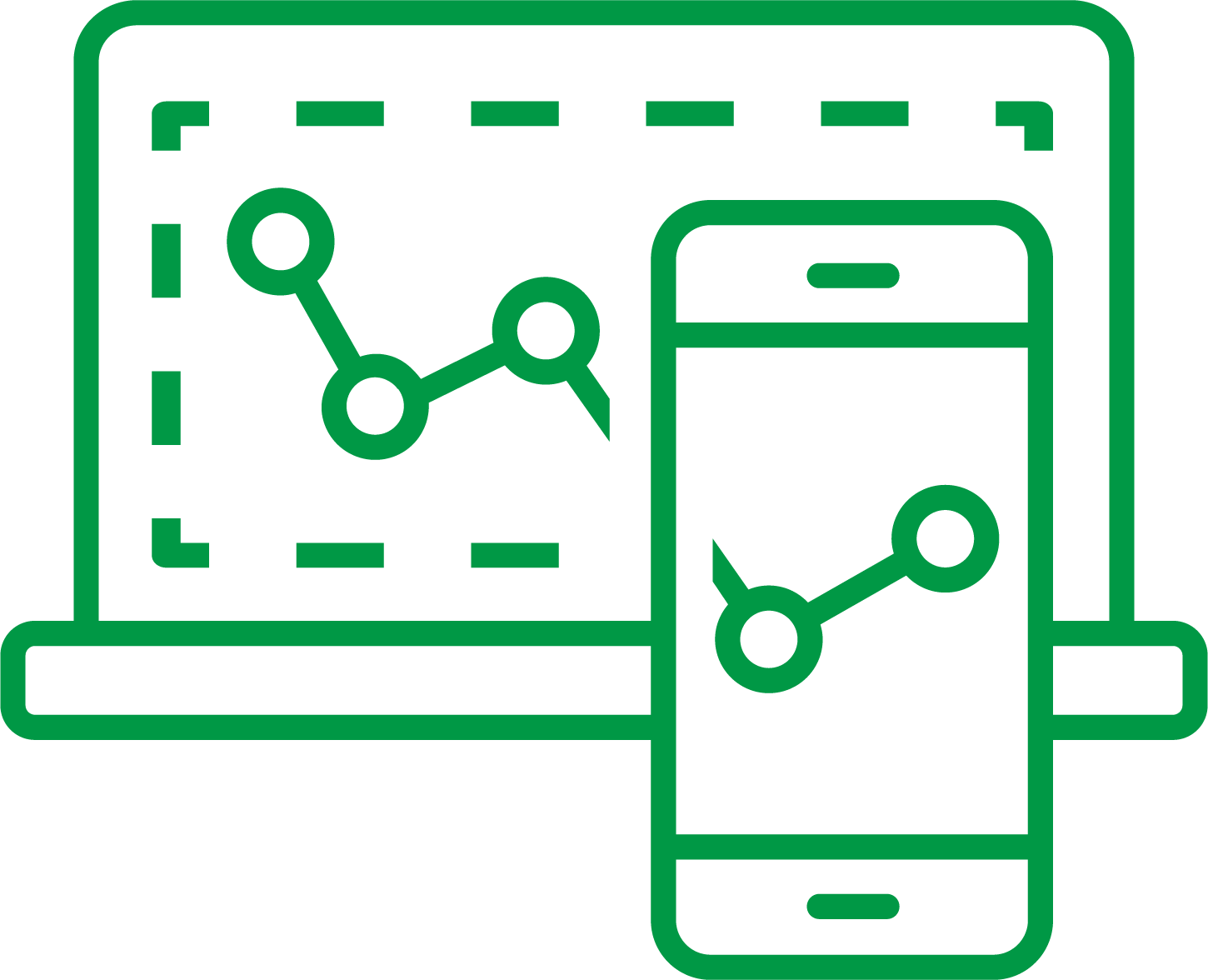Unlock a world of possibilities! Login now and discover the exclusive benefits awaiting you.
- Qlik Community
- :
- Support
- :
- Support
- :
- Knowledge
- :
- Support Articles
- :
- How to serialize mashup code for Qlik Sense
Options
- Subscribe to RSS Feed
- Mark as New
- Mark as Read
- Bookmark
- Subscribe
- Printer Friendly Page
- Report Inappropriate Content
How to serialize mashup code for Qlik Sense
No ratings
Turn on suggestions
Auto-suggest helps you quickly narrow down your search results by suggesting possible matches as you type.
Showing results for
Support
- Mark as New
- Bookmark
- Subscribe
- Mute
- Subscribe to RSS Feed
- Permalink
- Report Inappropriate Content
How to serialize mashup code for Qlik Sense
Last Update:
Jul 28, 2021 4:06:27 AM
Updated By:
Created date:
Dec 18, 2019 7:21:12 AM
For testing or for performance optimization, it may sometimes be useful to serialize the whole code or part of it.
This article includes an example of how to serialize API calls used in mashup.
Environments:
Resolution:
This sample is based on the "Basic single page mashup" template available in the dev-hub.
HTML (id corresponds to the object ID of the Qlik Sense object to display in the div)
... <section class="content-section-b"> <div class="container"> <div class="row"> <div class="col-lg-4 qvplaceholder borderShadow qvobject" id="VfYx"> </div> <div class="col-lg-4 qvplaceholder borderShadow qvobject" id="xnYCy"> </div> <div class="col-lg-4 qvplaceholder borderShadow qvobject" id="pnvz"> </div> </div> </div> </section> ...
Javascript file
...
//open apps -- inserted here --
//get objects -- inserted here --
async function init(){
const app = await qlik.openApp("a42b62d6-cd67-4edd-b726-827a42c2a44d");
const Ids = Array.from(document.querySelectorAll('.qvobject')).map(node=>node.getAttribute('id'));
for (let index = 0; index < Ids.length; index++) {
const vis = await app.visualization.get(Ids[index]);
await vis.show(Ids[index]);
};
}
init();
...
Qlik Sense Enterprise on Windows

Qlik Sense Enterprise on Windows
293 Views